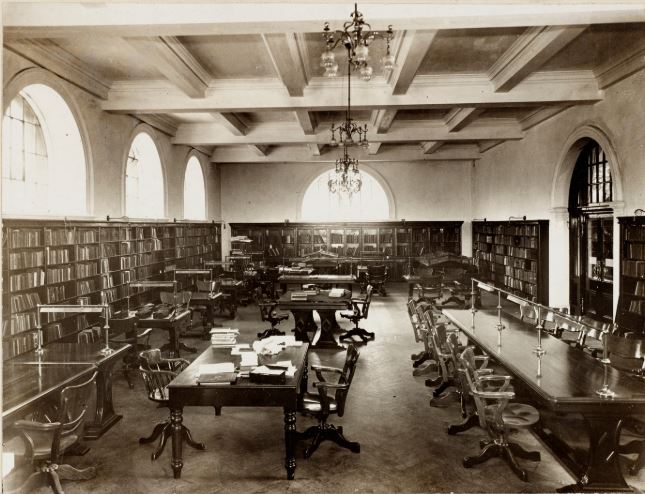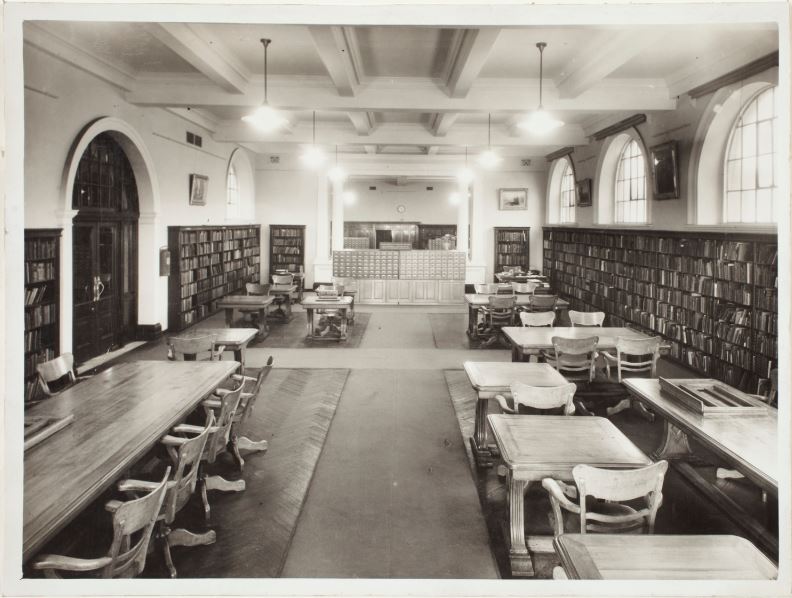Parquetry wood floors and their preservation – Ivan Kirton, Parquetry Specialist located in NSW
Parquetry wood floors are a tangible and significant part of Australian interior design history. The earliest heritage parquetry floors are excellent examples of how people lived and the aspirations of homeowners and governments of yesteryear.
Heritage Parquetry flooring means any floor that has been constructed with a tongue and groove system, and has been adhered using Bituminous adhesive.
The design here is a particular aesthetic. I call it Masonic Heritage, that is the flooring is installed in a herringbone pattern, with a wrap-around border, usually of a variety of timber ‘ribbons’ of various species (native timbers) and widths that follow the perimeter of the rooms, along with blocks of parquetry.
I am constantly amazed when inspecting these floors at the workmanship involved and the pride our forefathers took with the craftsmanship.
Popular design features from the early 1900s have been perhaps the least understood wood flooring system in the construction industry.
Today we are seeing the destruction of important, historically significant Parquetry floors during restorations of our most important buildings.
The drive to constrain expenditure, should not override the value of preserving the artisan work of past generations.As they are removed to make way for cheaper, imported or easier to maintain floors, we witness a degradation of the historical significance linking the space, and the people who frequented the space.
As an example, the floor located in the Mitchell Library Reading Room, at the State Library of NSW, demonstrates what can happen to heritage Parquetry floors. This paper presents that there is an alternative, and puts forward what we can do to preserve the original floor for the future.

Image dated 1911, 1912
Note the herringbone Parquetry, installed in the Masonic herringbone style, and the finish. Most likely lacquered in a linseed oil-based floor coating, with beeswax top layer. The floor appears full of scuff marks, an indication of the beeswax finish.

The image dated 1923
This shows a floor more settled into place, with a sheen developing to reflect the light. Note the dusty footprints, and gaps in the herringbone parquetry, likely due to the drying methods used in the original manufacture process

The image dated 1946.
It shows another improvement to the floor, carpet runners. Note the furniture, the tables, chairs and bookshelves are the same. The sheen of the finish has improved again, with likely more modern maintenance methods being utilised, such as a buffing machine.

The image dated 2018.
The original tables, chairs, joinery and floor are gone. The replacement floor bears a slight resemblance to the original, in that it is an Australian Hardwood, and herringbone in pattern. The flooring would be square cut (no tongue and groove) It will be adhered with Polyurethane adhesives. Note the finish is now a new technology water-based lacquer, with a satin sheen level, and is now completely smooth and flat.
Key points to the Mitchell reading room (friends’ room) Parquetry floors above:
- The tables, chairs, and bookshelf joinery that have served from 1911, have been disposed of or put to storage.
- The original floor itself has been removed.
- The replacement floor is a modern take on a heritage floor.
- The modern floor has no gaps (trowel filled).
- The modern floor has not been finished in the traditional way.
- The modern floor will be of a metric sizing, instead of imperial.
- The modern floor will be completely flat and smooth
My belief is that the historical significance of the parquetry wood floor in the space needs preservation not replication because vital details are overlooked in the replication, our history is slim compared to other nations, the rarity of these floors is special.
It would be significantly better off if the floor can be restored and/or replicated in exacting methods, to last another century.
The floor and space are a rare and lasting testament to a time when the general public could come to public buildings and be inspired by the ingenious and aspirational overview of the design and methods employed by the workers and designers.
This is an aspect of restorations that is frequently overlooked, to the detriment of the experience for future generations.
We need to consider our heritage floors of this calibre be the Australian equivalent of the flooring in the Palace of Versailles, to be protected and venerated, as they will be 100 years from today.
I am committed to upholding the high-quality craftsmanship from the past for future generations, so our heritage in New South Wales is preserved and respected.
If I can assist further into creating a conservation methodology on these rare and special floors for the heritage council, please let me know.

